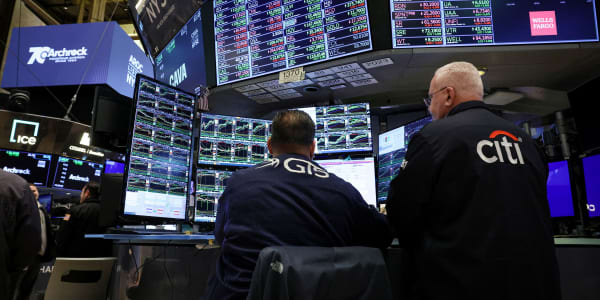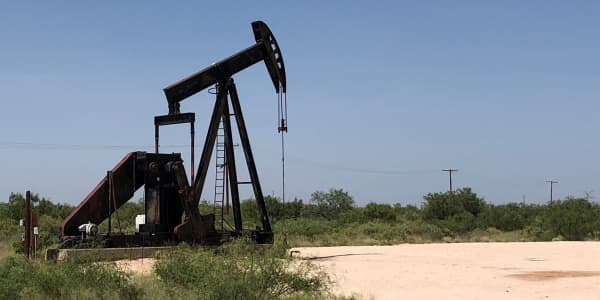The new president referred in his inauguration speech to "rusted-out factories scattered like tombstones across the landscape of our nation." Yet those disused plants mark casualties of a long-ago war, one the economy has largely gotten over.
A dawning threat is the demise of many shopping malls – which would signify the decline of a retail industry that's far more visible in most American communities than factories.
It's become clear to investors that the just-passed holiday season was a make-or-break proposition for a good number of traditional retail chains, and many of them didn't make enough to avoid severe retrenchment. The gradual encroachment of ecommerce has become a sudden need to shrink for plenty of chains, in an American retail industry that never truly addressed its surplus of stores during or after the Great Recession.
The Limited is closing all 250 stores and shedding 4,000 employees. Macy's has 68 locations on the block. Wet Seal is shuttering. Sears Holdings, the company that's been in the longest decline of them all, will shed 150 stores (both Kmart and Sears), most in the next few months.





